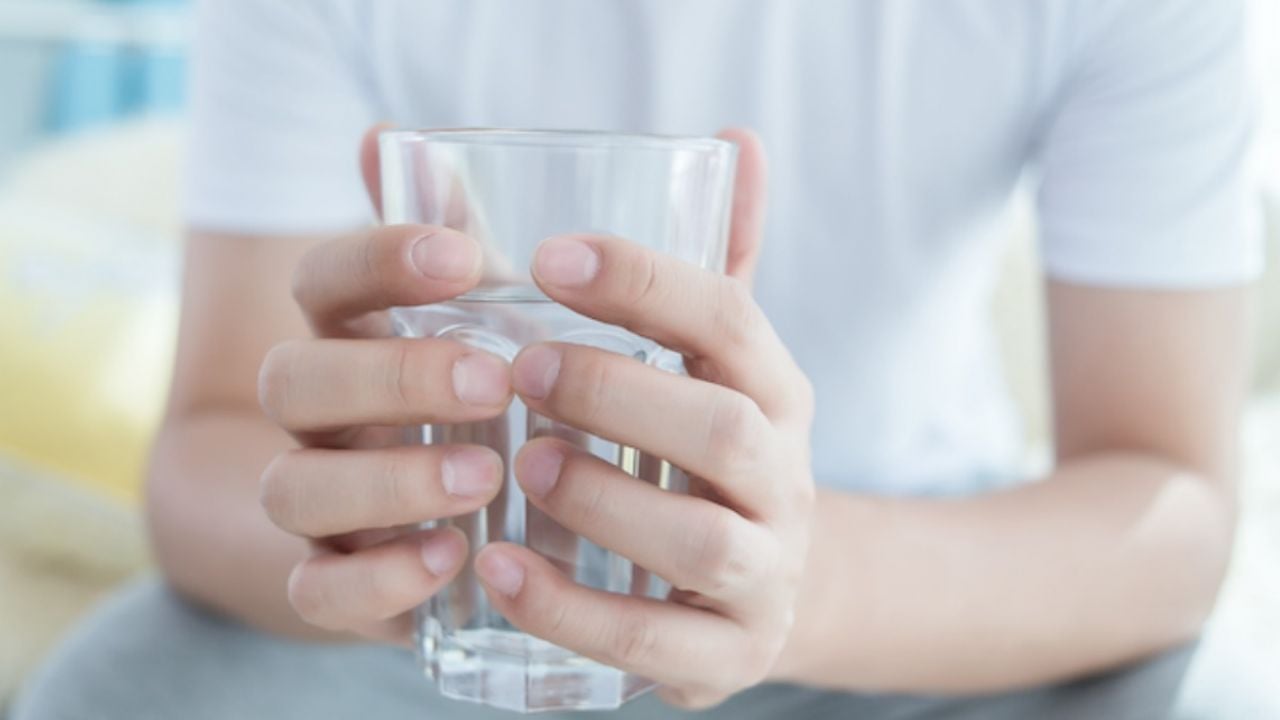
Water supplies for more than 7 million Americans in 27 states are contaminated with an industrial chemical at levels higher than what federal scientists say poses a minimal lifetime risk of cancer, according to a new EWG analysis.
In addition to being a drinking water pollutant, 1,4-dioxane is an unwanted impurity in many personal care products, including shampoo, body wash, bubble bath, foaming hand soap, cosmetics, deodorant and skin lotion. It is also often found in laundry detergent, dishwashing soap and household cleaners.
Because of its wide use and potential harm, 1,4-dioxane is one of the first 10 chemicals the Environmental Protection Agency picked for review under the nation’s new chemical safety law. But the review could take years, and even then there’s no guarantee the EPA will do anything: The agency has failed to set standards for any new drinking water contaminant in more than 20 years.
A report and interactive map released today by EWG and the Environmental Defense Fund highlight hot spots for 1,4-dioxane contamination in drinking water. Ranking the most contaminated water systems by population, hot spots included the Cape Fear River basin in North Carolina, affecting Fayetteville and surrounding communities; southeastern Los Angeles County, Calif.; and New York’s Long Island.
Samples from water systems serving those areas had average levels of 1,4-dioxane ranging from four times to about 17 times the EPA's minimal cancer risk level of 0.35 parts per billion, which is about one drop of water in three Olympic-size swimming pools. That's the level expected to cause no more than one case of cancer for every million people who drink the water daily for a lifetime.
The EPA has classified 1,4-dioxane as “likely to be carcinogenic to humans.” It is also listed in California's official registry of chemicals known to cause cancer.
Where does 1,4-dioxane pollution come from?
Most 1,4-dioxane contamination of drinking water comes from leaking underground storage tanks at hazardous waste sites, or discharges from manufacturing plants. Once it makes its way into sources of drinking water, it tends to stay there, because it does not break down easily. Because manufacturers don't have to report discharges of 1,4-dioxane, tracing contamination to its source is difficult. When a source is identified, the lack of enforceable standards means regulators have no legal grounds to stop contamination.
Detlef Knappe, who heads a North Carolina State University research team studying 1,4-dioxane contamination in the state's watersheds, says stopping the pollution is a better solution than treating it once it gets into drinking water supplies.
“Source control would be protective of the surface water quality and would result in a lower societal cost than installing treatment processes for 1,4-dioxane control at numerous downstream drinking water utilities,” Knappe said.
Most in-home water filters, including activated carbon filters, don't remove 1,4-dioxane effectively. Reverse osmosis filters are better, removing a significant portion of the chemical from tap water, but still fall short.
That means that people in communities that get drinking water from groundwater contaminated with 1,4-dioxane should urge their local utilities to install specialized technology, the only effective way to remove the chemical. But beyond that, citizens should push for state and federal oversight to stop the chemical from getting into the water supply in the first place.
As for 1,4-dioxane in consumer products, here are some tips on avoiding exposures:
- Use EWG’s Skin Deep® and Guide to Healthy Cleaning databases to find products that don’t contain cancer-causing 1,4-dioxane.
- Read labels and avoid products that contain contaminated ingredients such as PEG, polyethylene, polyethylene glycol, polyoxyethyelene, polyoxynolethylene, and chemicals ending in –eth and –oxynol. These ingredients are manufactured in a way that can result in simultaneous formation of 1,4-dioxane as an impurity.
- While some companies remove 1,4-dioxane from their finished products, not all companies do, and this is not disclosed on labels. Shoppers should demand that companies manufacturing personal care products remove 1,4-dioxane.